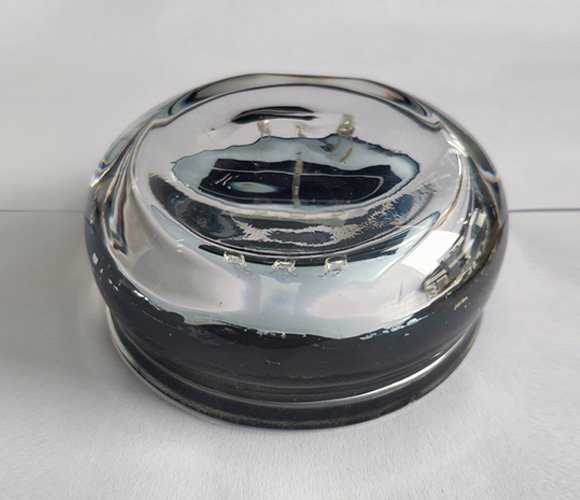Description
Solar road studs, often referred to as solar road reflectors, are a type of traffic safety equipment used to delineate road edges and centerlines, enhancing visibility and improving road safety, particularly under low-light conditions. These devices harness solar energy to power embedded LED lights that signal drivers about roadway alignments and other important navigational information.
Key Features of Solar Road Studs:
- Self-Sufficient Power Source: Utilizes solar panels to harvest sunlight, converting it into electrical energy stored in batteries. This design makes them independent of external power sources, ensuring functionality even during power outages.
- Automatic Operation: Equipped with a light-sensitive switch that automatically activates the LEDs at dusk or under low light conditions, and turns them off at dawn, maximizing energy efficiency.
- High Visibility: LEDs used in solar road studs are significantly brighter than traditional road studs. They can be visible from a distance, making them effective at capturing drivers’ attention to alert them to road conditions ahead.
- Durability and Weather Resistance: Manufactured using sturdy materials and designed to be compression-resistant, these studs can withstand the pressures of regular traffic and harsh weather conditions.
- Long Operational Life: Features an integrated circuit and thermostability rechargeable batteries, ensuring a long service life and consistent performance.
- Environmentally Friendly: As a green technology, solar road studs reduce reliance on non-renewable energy sources and minimize environmental impact.
Installation Method for Embedded Solar Road Studs:
- Marking: Measure and carefully mark the placement of each solar road stud to ensure consistent spacing and alignment.
- Drilling: Using a core drill, create a hole with a diameter of 108mm and a depth of 50mm at each marked spot.
- Cleaning: Remove all debris and dust from the drilled holes to ensure a clean bonding surface for the epoxy.
- Applying Epoxy: Following the manufacturer’s instructions, fill the holes with epoxy resin to securely anchor the studs.
- Setting the Studs: Place the solar road studs into the epoxy-filled holes, ensuring that they are positioned at the desired viewing angle and the surface is level.
- Curing: Allow the epoxy to cure for 6-8 hours, and ensure the area is isolated from traffic during this time.

Recommended Spacing:
- Highways and Expressways: 5 – 6 meters (approximately 7 – 8 yards)
- Dangerous Entrances and Exits: 2 – 3 meters (approximately 4 – 5 yards)
- Access or Exit Ways for Hospitals, Parking Lots, etc.: 0.5 – 2 meters (approximately 0.5 – 3 yards)
The spacing can vary based on specific local requirements and the intended application area.
Benefits:
- Enhanced Safety: Provides a clear visual guide for drivers, reducing the likelihood of accidents, especially in poor visibility conditions.
- Cost-Effective: Eliminates the need for wired installation and reduces ongoing maintenance costs.
- Eco-Friendly: Offers a sustainable lighting solution by using solar energy, thus reducing carbon footprint.
Solar road studs are an effective solution for improving road safety, particularly on highways, bike paths, and in areas with significant pedestrian traffic. Their easy installation, minimal maintenance requirements, and robust design make them an ideal choice for modern traffic management systems.
Specification :
| Body material | Tempering glass |
| Power supply | Solar panel(monocrystalline 2.5V/0.2W) |
| Battery | NI-MH 1.2V/800MAH |
| LED | Ultra bright diameter 5mm; 6pcs(double side) |
| LED color | Red,Yellow,Green,Blue,White |
| working mode | Blinking or constant(flashing frequency 2Hz, also can be made according to your requirements) |
| Visual distance | >800m |
| Water proof | IP68 |
| Life span | >3years |
| Load capacity | >20T |
| Size | φ108mm*H60mm (φ4.25″*H2.36″) |






Reviews
There are no reviews yet.